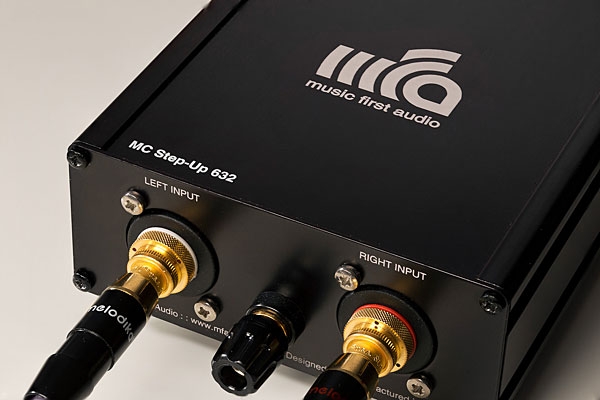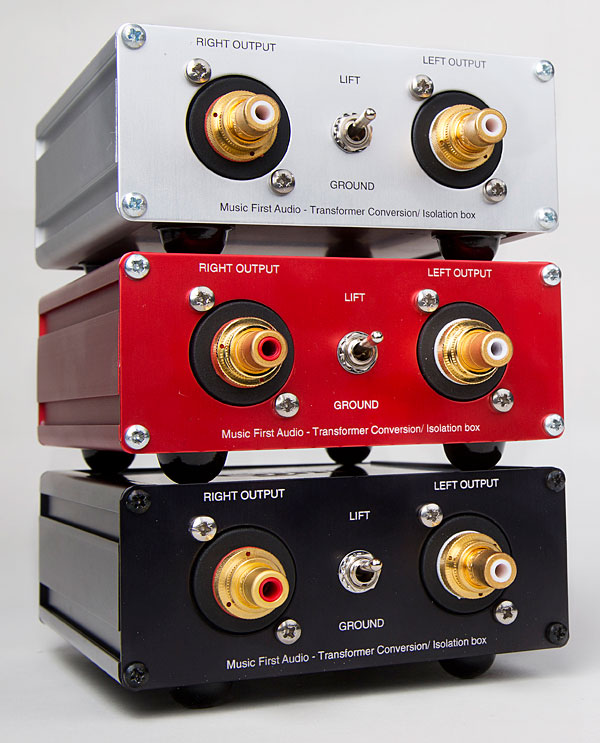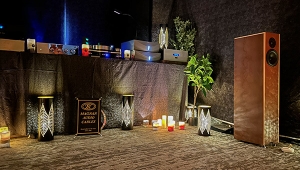| Columns Retired Columns & Blogs |
AD, as I was reading your article in the print edition, I kept hoping that you'd spare a few words comparing the Music First SUT with the ever-popular Bob's Devices SkyCinemag SUT, as both are in the same general price ballpark, and the Hommage is a number of pay grades up the scale.







































